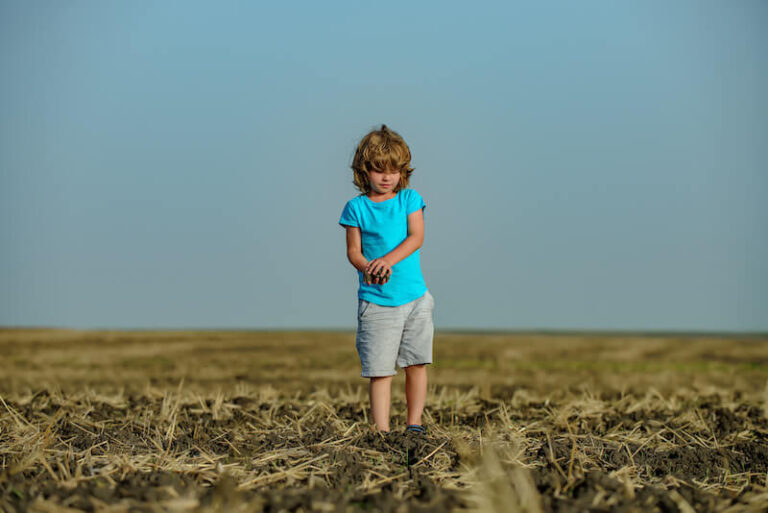Guest post written by Tony Hernandez Pumarejo
Tony Hernandez Pumarejo is an autistic advocate, author, writer, life coach, media personality, and consultant. His content focuses on Autism, Neurodiversity, Mental Health, and Personal Development. Tony holds a Bachelor of Science in Business and Information Management and has experience in customer service, sales, management, nonprofit, interviewing, and journalism. Tony currently writes content for ABA Centers of Florida that supports neurodivergent populations in powerful ways, leading to better outcomes for families and individuals on the spectrum.
When discussing autism and its impact on Hispanic families, we usually talk about their unique challenges. From a later diagnosis compared to white kids to the cultural barriers, Hispanic families face different struggles in providing the best support for their loved ones on the autism spectrum.
Even though there have been improvements, which the latest CDC report indicates, the rate of autism rose faster for children of color than white children, suggesting that about 3% of Black, Hispanic, and Asian or Pacific Islander children have an autism diagnosis, compared with about 2% of white kids.
This data contributed to more families accessing resources that helped them get a formal diagnosis for their loved ones. Still, there are challenges regarding Hispanic families accessing services for their loved ones. A matter not often discussed, deserving our awareness, is Hispanic families in rural America.
When we think about the Hispanic/Latino community in America, we usually think of places like New York, California, Texas, Florida, Illinois, and many others. You might add states like Arizona, Nevada, and North Carolina with increased Hispanic populations. However, through my work as an advocate for this community, I have received calls and messages from Hispanic families looking for services in Missouri, Iowa, Kansas, and others. Places that we usually don’t think about regarding our Latino community.
Throughout our community, we have discussed families’ significant struggles in rural areas concerning access to autism services. But we don’t talk enough or bring awareness to Hispanic families’ situations in these areas. Their circumstances often include a lack of support using their native language, location, lack of financial resources, etc.
Recently, I was at the CASP conference, and one provider approached me from Kansas City. I talked with him, and he mentioned a huge need to help Spanish-speaking families since his area’s population continues to grow. He is the only one who can help these families from his office since he speaks Spanish, even though he is not Hispanic.
It is more important than ever that we research Hispanic families in rural America and what they need to provide the best support and quality of life for their loved ones with autism. While researching this article, I could not find specific data concerning services and support for Hispanic families in rural areas. Even though there has been some improvement regarding data on Hispanic families that live with autism, this community remains critically impacted by the challenges they face.
Bias in autism care is evident in the lack of support for Hispanic families using their native language or the discrimination they face in receiving services. These issues happen in states where there is a substantial Hispanic population. Still, we can imagine that it is worse in rural areas where there is a lack of support for our autism community and more for our Hispanic families.
Some people within our Hispanic community still use autism as a stereotype and something to be ignored entirely or mocked. Using stereotypes when talking about people on the autism spectrum and having a lot of ignorance within our community is not helping in these matters. These stigmas carry consequences, and often, the child with ASD doesn’t receive support.
As a Hispanic, you ask me what can we do about this? The first thing we must do is to continue eliminating the stigmas and stereotypes of autism in our community. Then, we must invest in research and gather more data regarding the challenges Hispanic families face in rural areas. Identifying their needs helps identify areas to invest in for services.
Also, we need to push for more support programs that help families unable to cover the increasing costs of caring for a loved one with autism and offer therapy services, with or without insurance. Additionally, we need to increase training and work with government and private enterprises to bring more providers to these areas. Furthermore, we must have providers with backgrounds of what our Hispanic families face.
All this requires funding, and this is where the community needs to step up advocacy for more support from elected officials. We must talk about our families’ realities and the consequences of their challenges soon. The rate of children with ASD continues to increase, and we need to come together as a society to make these changes happen. That way, we can develop more effective solutions to help these and all families in the autism community, including rural America.
Citation:
https://apnews.com/article/how-common-is-autism-e38179682e2759b0aff9c017bf7ebf61








